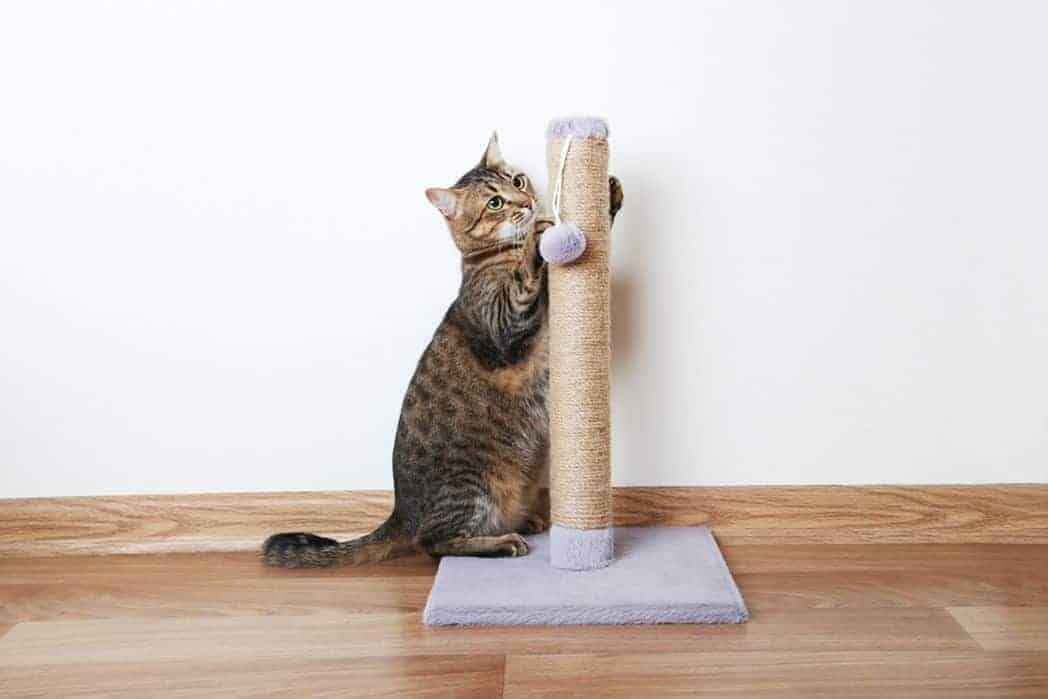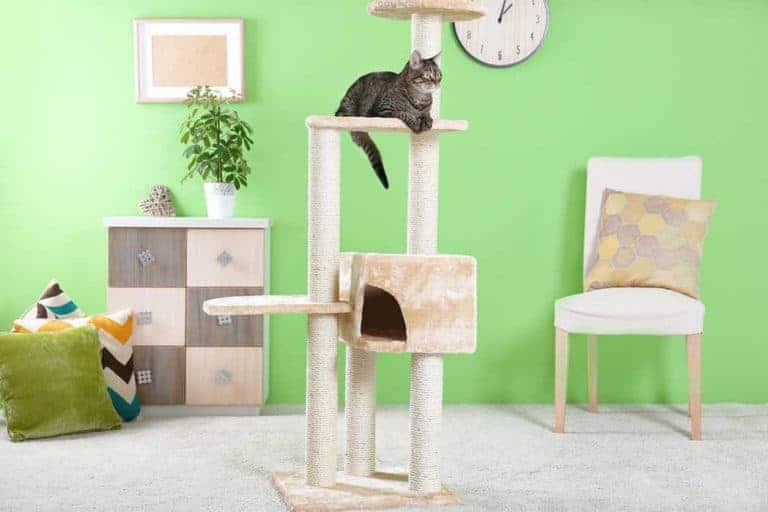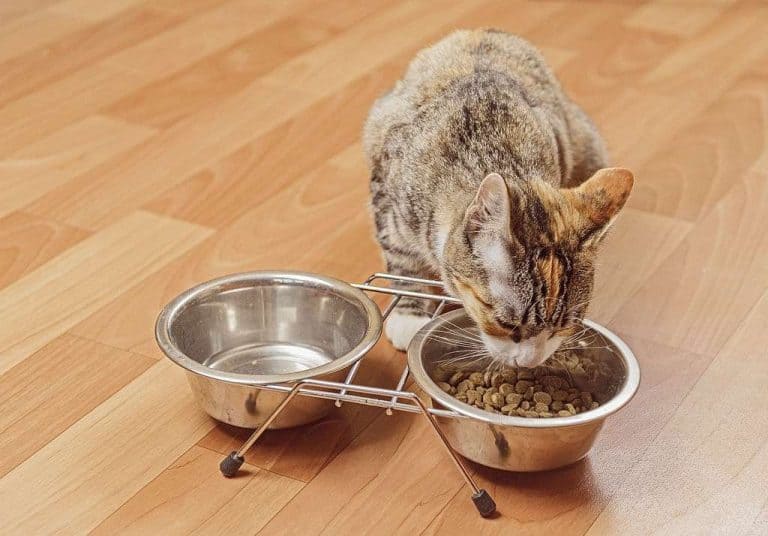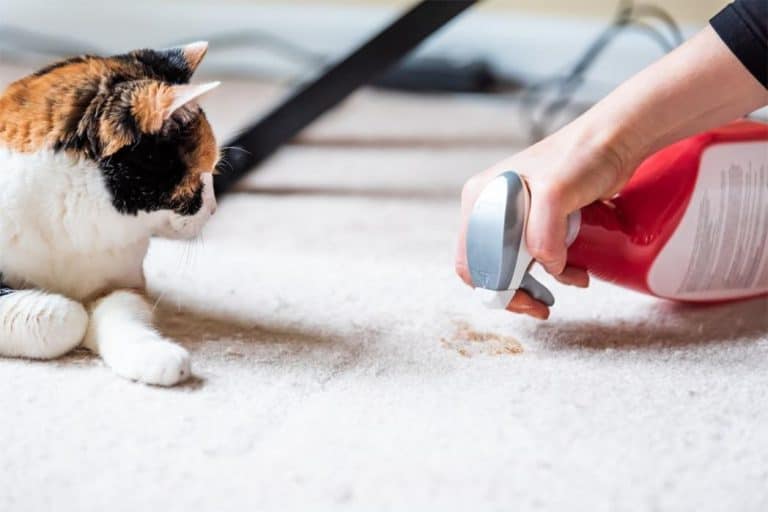How To Choose And Use a Scratching Post For Your Cat?

Every cat needs at least one tall, sturdy scratching post. It’s essential for your cat. Scratching is a natural behaviour for cats, and you can’t teach a cat, not to scratch. However, you can teach a cat where to scratch and where not to. And it’s up to you to supply the proper place to scratch. Scratching serves several purposes.
Cats remove the dead outer layer of each claw while scratching, which allows the nail underneath to grow and remain healthy. Cats also leave a scent mark and a visual mark when they scratch. Even though your kitty is indoors and may be an only cat, she still needs to designate her scratching post as her property and the room it’s in as her territory to let everyone know that she is there.

Think of it as a kitty calling card. Cats also need to stretch out their entire body length, and the scratching post is one way in which they do it. They anchor their front claws up above them and pull down to stretch their entire spine. The post often represents a tree, which is tall, solid, and allows for such action. The scratching post must have a heavy, solid base — it can’t tip or jiggle because it’s too light or flimsy or is hanging from a doorknob.
There are a lot of inexpensive vertical scratching posts on the market, but they are likely to tip over, which will probably frighten your cat and may discourage kitty from using the post again. The scratching post should be a minimum of 32 inches high. And I do mean a minimum. Again, think of it in terms of a tree.

Thirty-two inches is fine for a kitten if it’s a very solid scratching post, but a kitten will outgrow it rather quickly. So invest in the tallest, most solid post you can afford right from the start, rather than having to replace it with a taller post before too long. Frankly, that would be penny-wise and pound-foolish. Scratching posts may have sisal wrapped firmly around wood.
Some are left natural and have bark or rough wood on the outside. Some have carpet material wrapped around the post, but if your house is carpeted, how is kitty supposed to know the difference between her post and your expensive rugs? You really can’t tell her that scratching one rug is okay and scratching another rug isn’t. Some people make their own scratchers out of a log or will do something even more elaborate by combining sisal wrapped carefully around the log with exposed areas of wood, so their kitty has a choice of scratching surfaces.
Place the scratching post next to a sofa or chair in a part of the house where you and kitty like to hang out. If she’s already scratching your furniture, place the post right next to the piece of furniture she likes to stretch out on and scratch.
This will encourage her to scratch on an acceptable piece of furniture — her scratching post — and not on your sofa or chair. Some cats also like to scratch horizontally. If your cat does, you’ll know because she will scratch rugs and mats. Horizontal scratching pads are usually made of corrugated cardboard, and most cats love them.
They come with a small packet of catnip to encourage use. Some cats prefer both a vertical and a horizontal scratching post. The cardboard ones are so reasonably priced that there’s no reason not to buy one or two and put them in different rooms. Other scratchers are built on a slant. Some are made of cardboard and others are made by the companies that make scratching posts and cat trees and are sturdy enough to serve as a small ramp near a chair, sofa, or bed.






